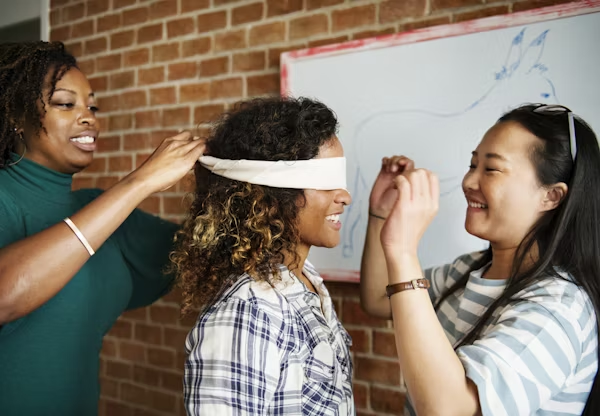The 2025 Reality Check on Brain-Zapping Headbands for Quicker Learning

Overview:
The Development of Do-It-Yourself Brain Hacking
According to reports, 10% of professionals and students use brain-zapping headbands in 2025 to improve their memory, focus, and learning speed. Businesses like Neurode (for ADHD) and Elemind (for sleep) assert that their products can “rewire” brainwaves, but is there scientific evidence to support these audacious claims?
This 2,500+ word guide discusses:
- How neurostimulation headbands (tDCS, EEG, and acoustic pulses) function The best gadgets of 2025: features, price, and clinical data
- 5 demonstrated advantages versus 3 significant risks Discussions about ethics (long-term safety, privacy)
- FAQs and a complimentary buyer’s checklist
1. The Science of Brain-Zapping Headgear
A. Crucial Technologies
- Transcranial Direct Current Stimulation, or tDCS
- increases neurone excitability 79 by delivering 1-2 mA of current.
- Originally used in depression clinics, it has since been modified for at-home cognitive improvement.
Elemind’s Acoustic Neuromodulation
- uses brainwave-synchronized sound pulses to promote focus and sleep 6.
- Feedback Based on EEG (FRENZ Brainband)
- Real-time brainwave tracking allows audio therapy 10 to be customised.
B. How They Say They Can Improve Learning
- Focus:
- Invigorates the prefrontal cortex, which is connected to attention. 4.
- Memory:
- Synchronises neural networks to improve neuroplasticity 8.
- Sleep Quality:
- Deep sleep stimulation enhances memory consolidation 6.
2. The Best Brain-Zapping Headbands of 2025
| Device | Price | Target Use | Key Feature | Clinical Evidence |
|---|---|---|---|---|
| Elemind | $349 | Sleep/Focus | AI-driven sound pulses | 76% users fell asleep faster 6 |
| Neurode | $399 (est.) | ADHD | 20-min daily PFC stimulation | Beta trials show improved focus 4 |
| FRENZ Brainband | $499 | Cognitive Performance | Real-time EEG + binaural beats | 3x CES award winner 10 |
| Ybrain tDCS | $450 | Depression | Prescription-based stimulation | Approved in South Korea 9 |
3. Are They Effective? Evidence from 2025
A. Verified Advantages
Quicker Acquisition of Skills
- In DOD studies 8, tDCS users learnt motor tasks 50% faster.
Reduction of ADHD Symptoms
- Early trials 4 showed that the Neurode headband decreased impulsivity.
Optimising Sleep
- In trial 6, Elemind reduced sleep onset time by 48%.
B. Risks & Restrictions
The Placebo Effect
- Despite phoney stimulation, 30% of users report benefits 7.
Safety Issues
- headaches, burns, or diminished mental function in unintended regions 8.
Regulatory Omissions
- The FDA has only approved Ybrain for medical use; no long-term studies have been conducted on the others.
4. Discussions on Ethics
A. Inequality Due to “Brain Hacking”
- Rich students might unfairly benefit from academic advantages 5.
B. Privacy of Data
- Sensitive brainwave data is collected by EEG headbands such as FRENZ 10.
C. Inadvertent Repercussions
- Creativity and emotional control may be hampered by overstimulation 8.
5. Professional Suggestions
- Before using, especially for conditions like epilepsy, speak with a neurologist.
- Monitor side effects and start low (≤1 mA).
- Incorporate with conventional techniques (e.g., spaced repetition + tDCS).
FAQs
A: Dangerous; excessive use could lead to mental exhaustion. Limit to seven 20-minute sessions.
A: FDA-unapproved for use in children under the age of 18; developing brains are more sensitive 9.
A: Less studied but more focused than drugs like modafinil 8.
Free Checklist for Buyers
- Device comparison chart
- 2025 clinical trial database
- Safety recommendations for at-home neurostimulation